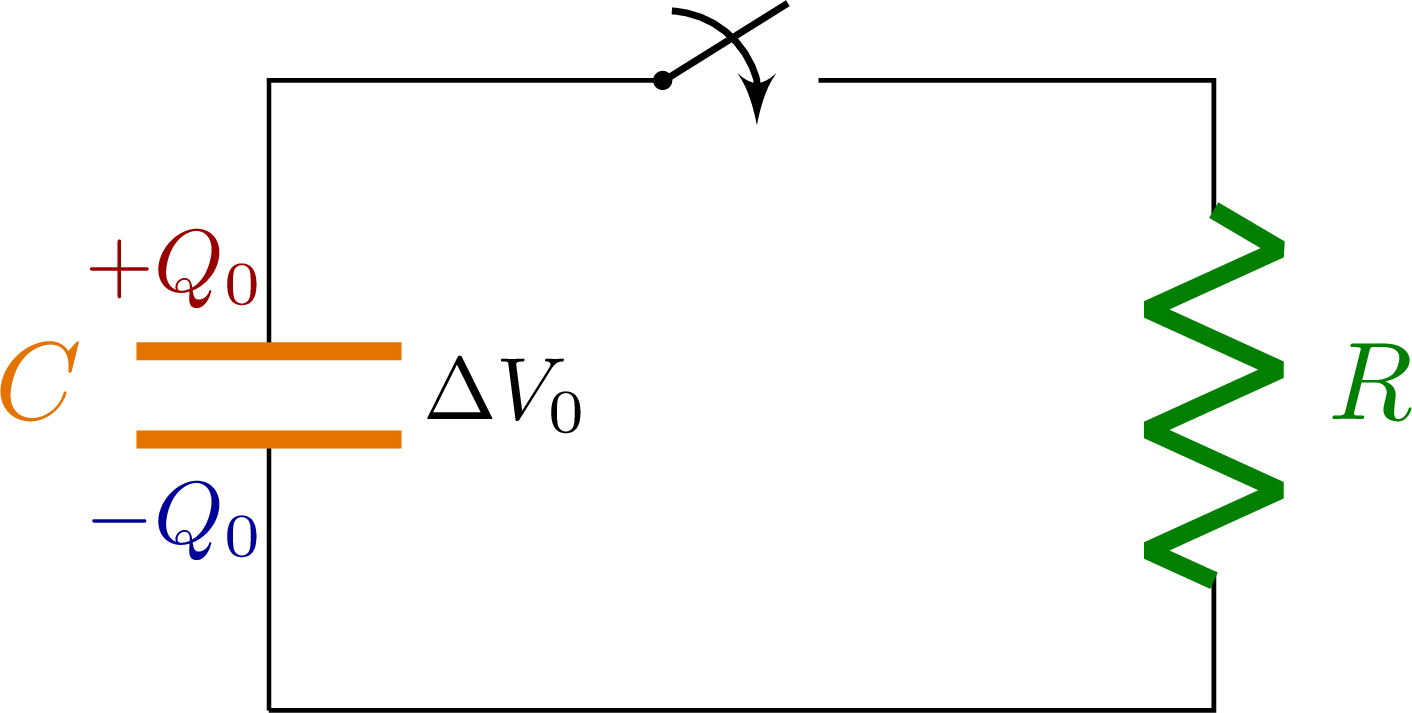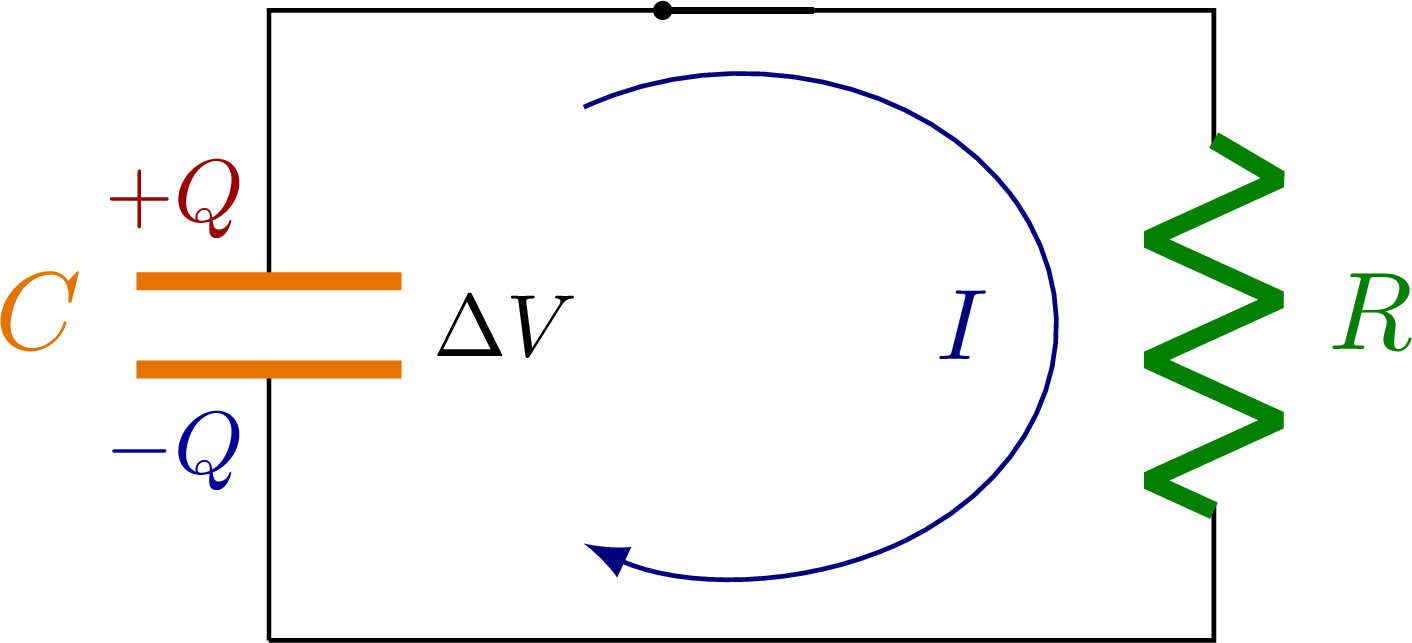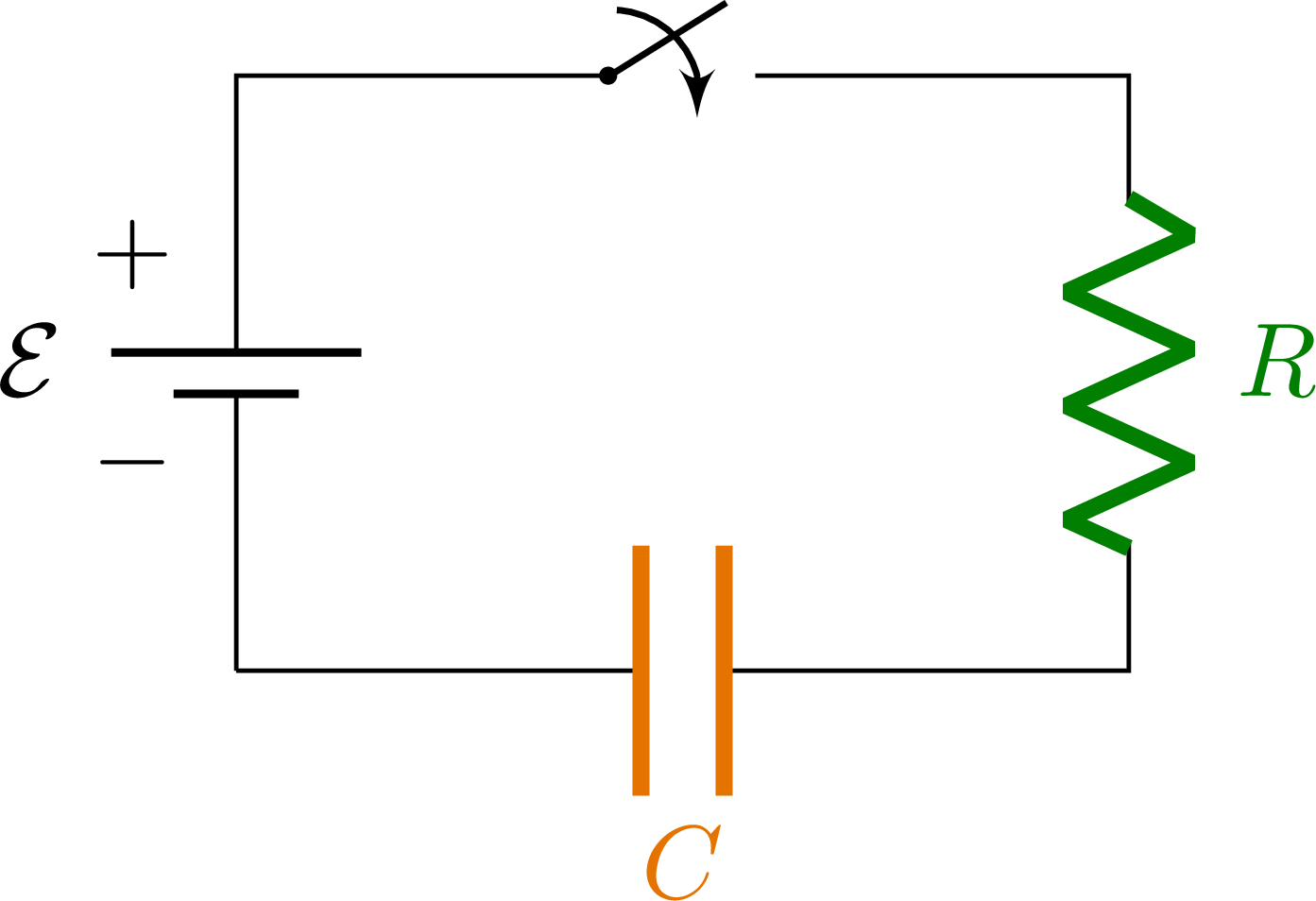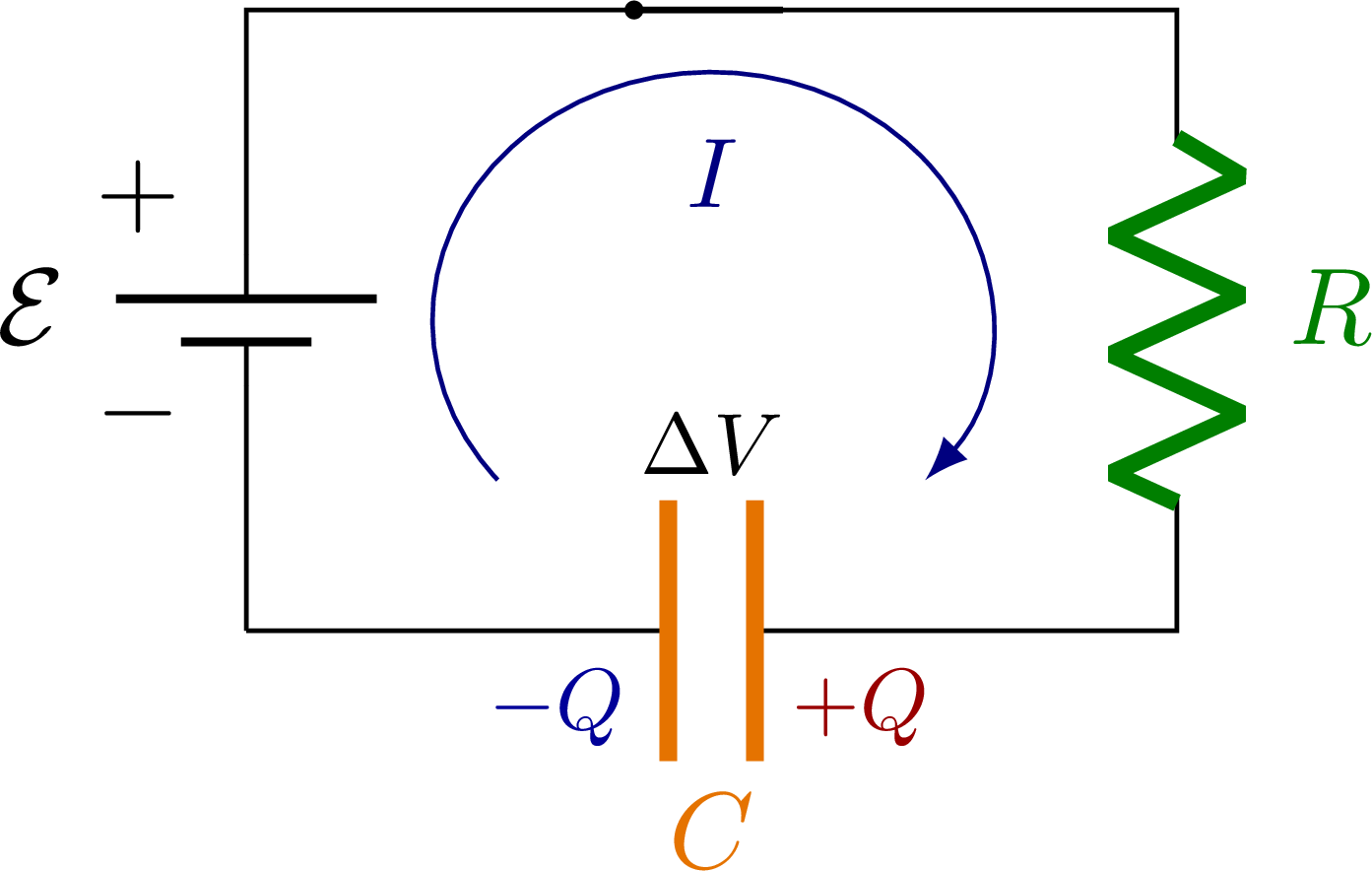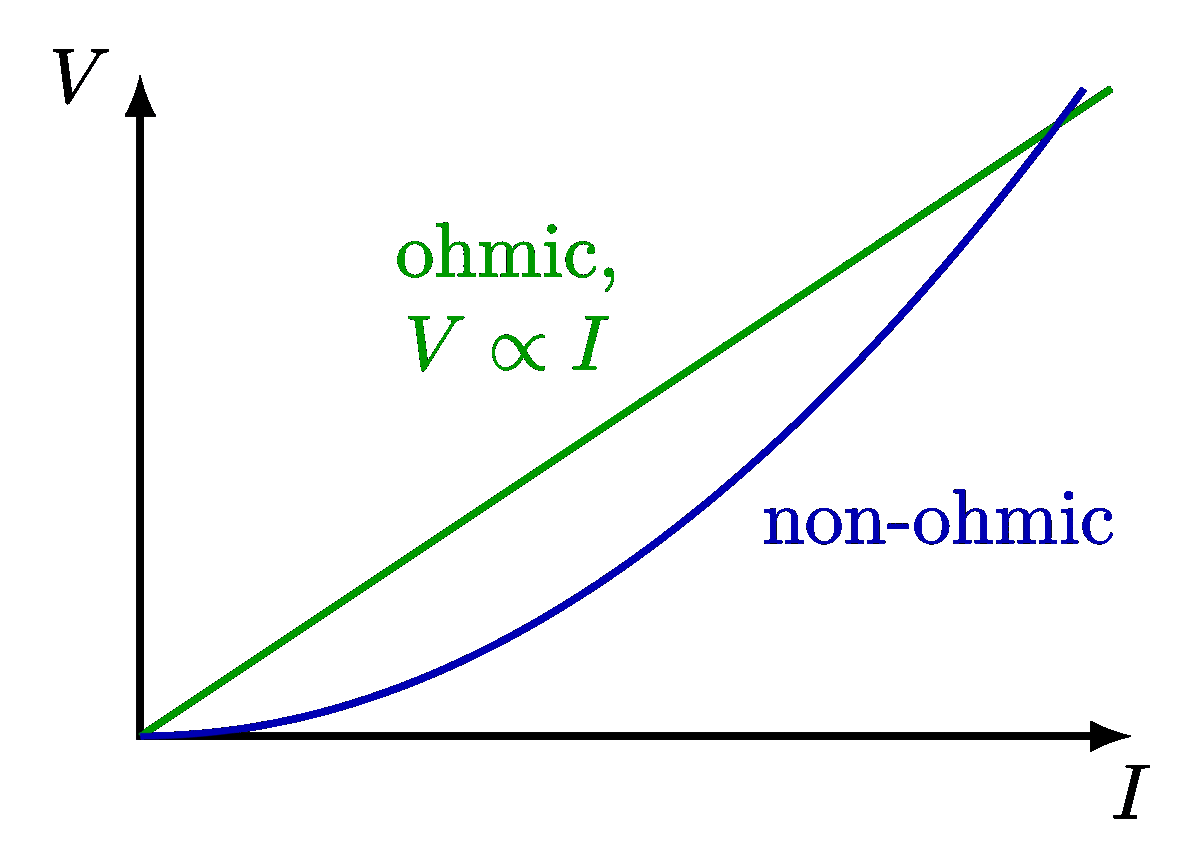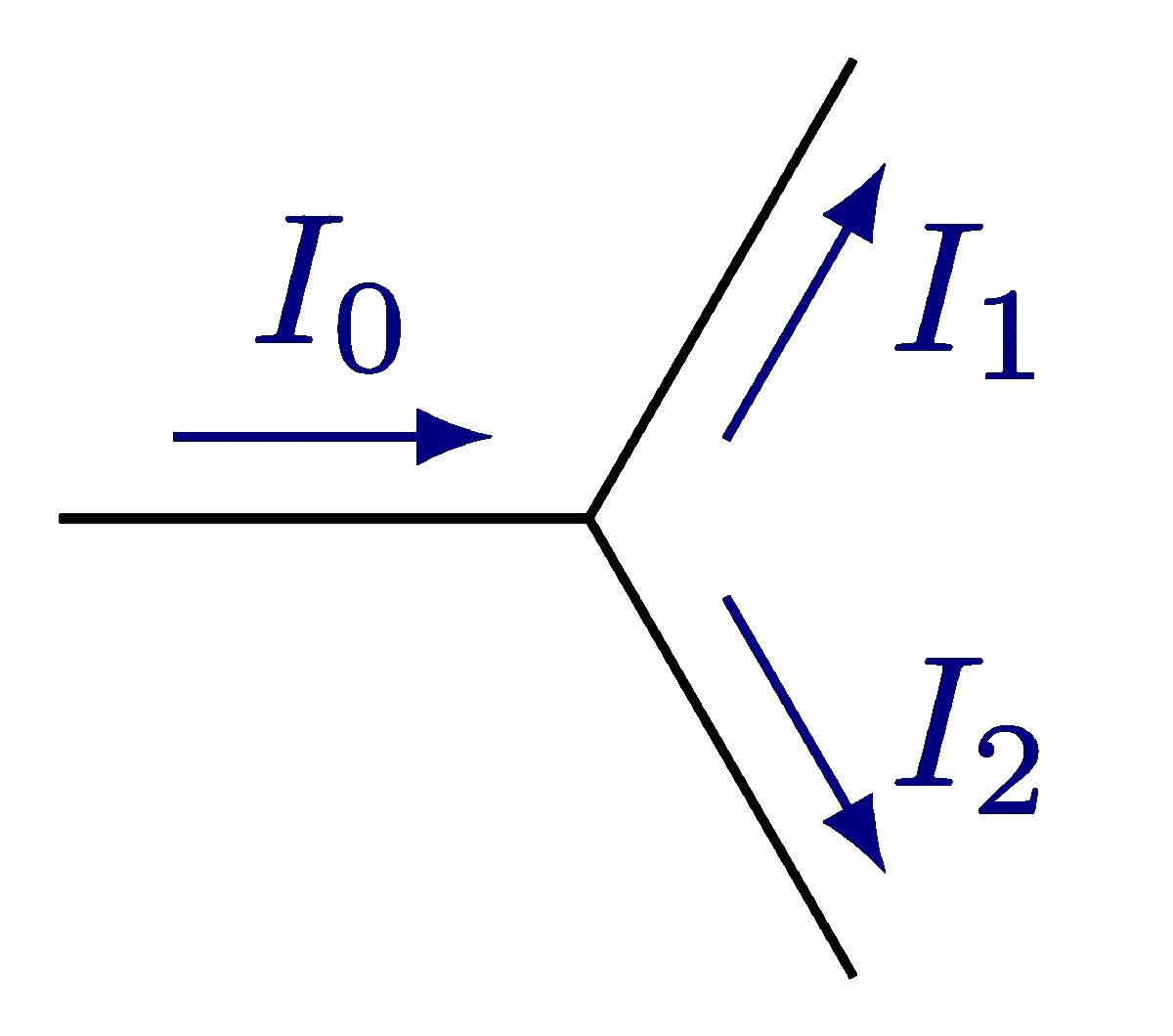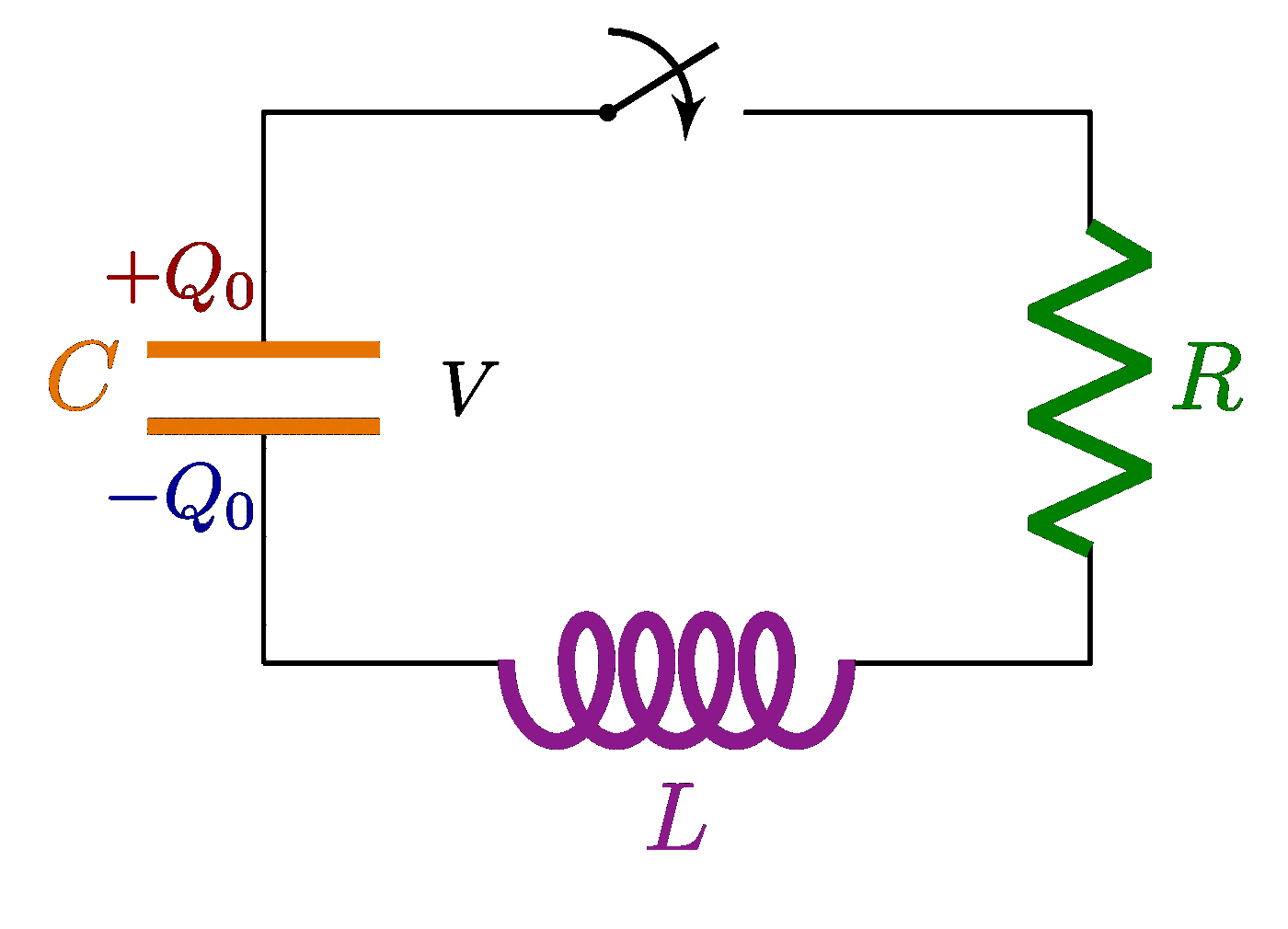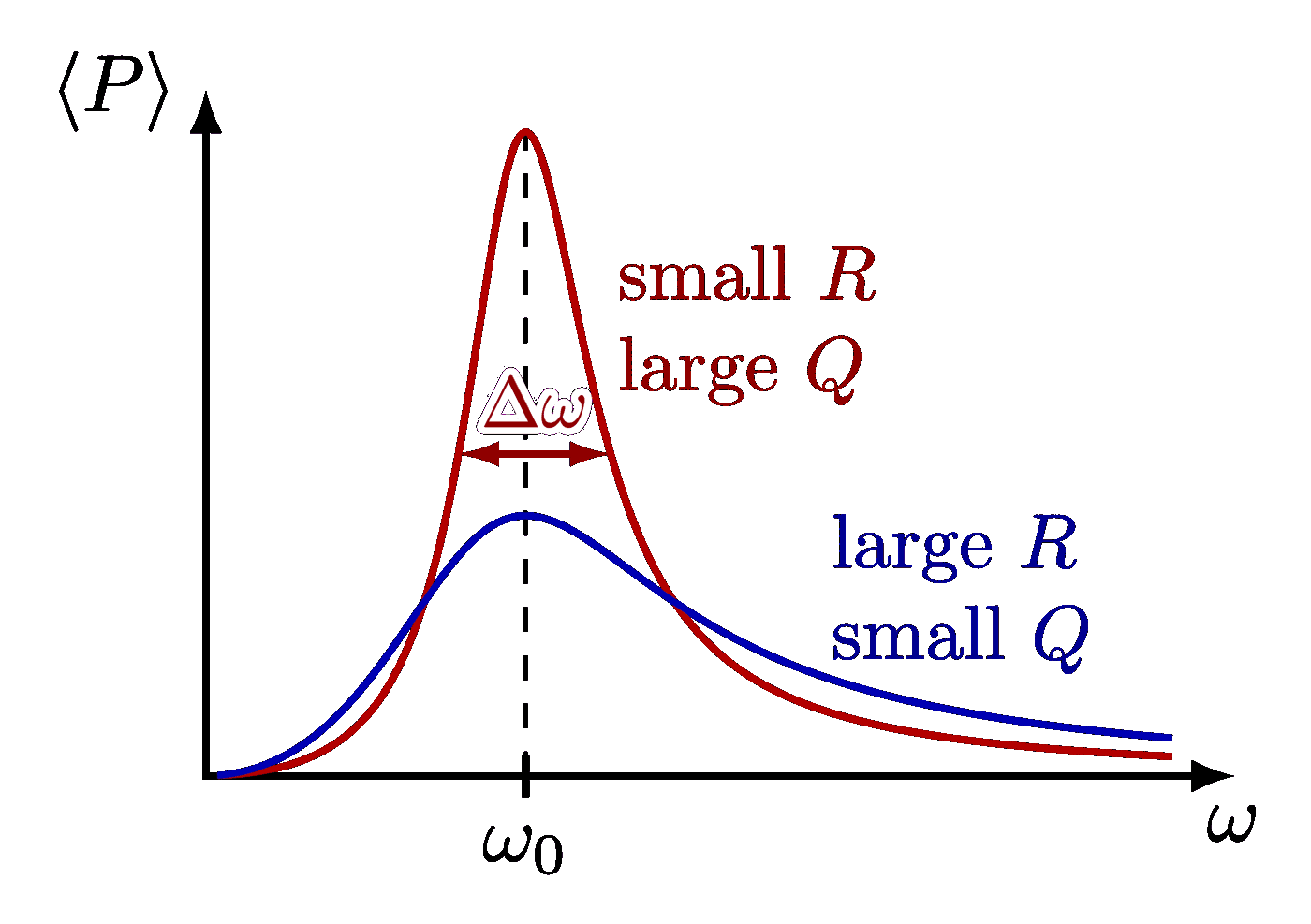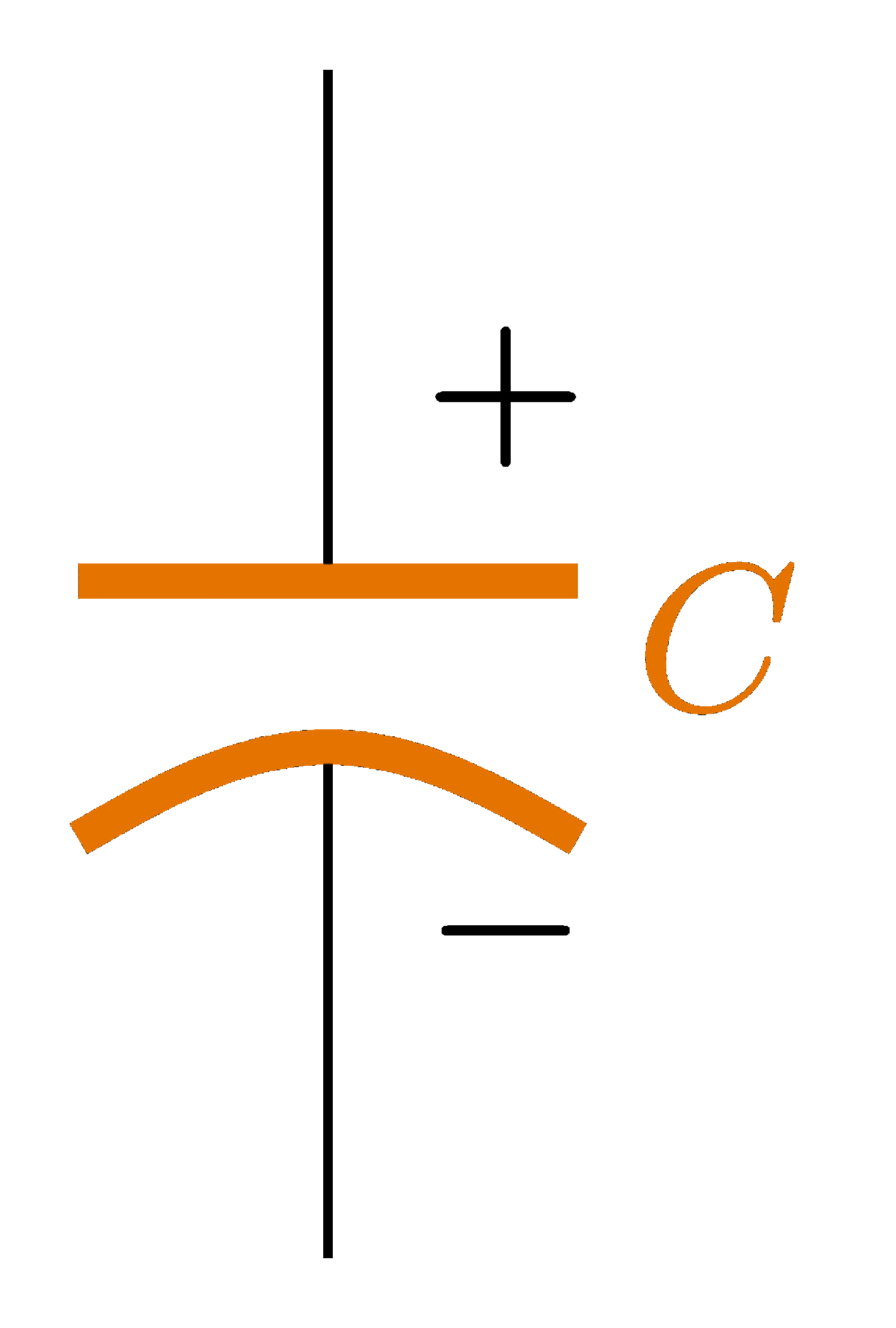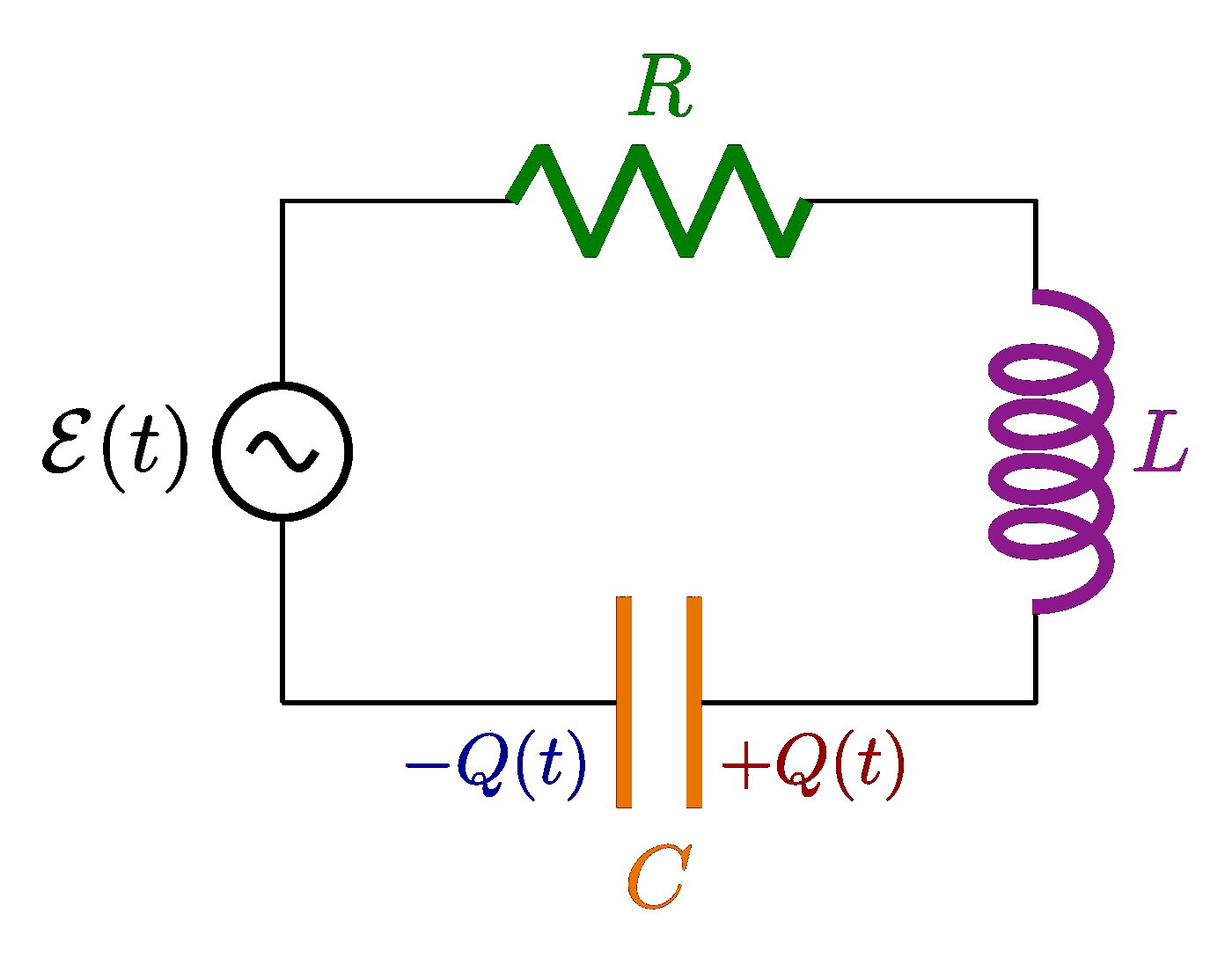Direct current circuit with a resistor R and/or capacitor C in series. Also see the related plots and AC circuits, or use the “circuits” tag.
Edit and compile if you like:
% Author: Izaak Neutelings (Februari, 2020)% http://texample.net/tikz/examples/tag/circuitikz/% http://texample.net/tikz/examples/circuitikz/% https://www.overleaf.com/learn/latex/CircuiTikz_package% http://texdoc.net/texmf-dist/doc/latex/circuitikz/circuitikzmanual.pdf% http://repositorios.cpai.unb.br/ctan/graphics/pgf/contrib/circuitikz/circuitikzmanual.pdf\documentclass[border=3pt,tikz]{standalone}\usepackage{amsmath} % for \dfrac\usepackage{physics}\usepackage{tikz,pgfplots}\usepackage[siunitx]{circuitikz} %[symbols]\usepackage[outline]{contour} % glow around text\usetikzlibrary{arrows,arrows.meta}\usetikzlibrary{decorations.markings}\tikzset{>=latex} % for LaTeX arrow head\usepackage{xcolor}\colorlet{Icol}{blue!50!black}\colorlet{Ccol}{orange!90!black}\colorlet{Rcol}{green!50!black}\colorlet{loopcol}{red!90!black!25}\colorlet{pluscol}{red!60!black}\colorlet{minuscol}{blue!60!black}\newcommand\EMF{\mathcal{E}} %\varepsilon}\contourlength{1.5pt}\tikzstyle{EMF}=[battery1,l=$\EMF$,invert]\tikzstyle{internal R}=[R,color=Rcol,Rcol,l=$r$,/tikz/circuitikz/bipoles/length=30pt]\tikzstyle{loop}=[->,red!90!black!25]\tikzstyle{loop label}=[loopcol,fill=white,scale=0.8,inner sep=1]\tikzstyle{thick R}=[R,color=Rcol,thick,Rcol,l=$R$]\tikzstyle{thick C}=[C,thick,color=Ccol,Ccol,l=$C$]\tikzstyle{myswitch}=[closing switch,line width=0.3] %-{Latex[length=3]},\newcommand{\myvoltmeter}[2]{ % #1 = name , #2 = rotation angle\begin{scope}[transform shape,rotate=#2]\draw[thick] (#1)node(){$\mathbf V$} circle (11pt);\draw[rotate=45,-latex] (#1) +(-17pt,0) --+(17pt,0);\end{scope}}
Click to download: electric_circuit_rc.tex • electric_circuit_rc.pdf
Open in Overleaf: electric_circuit_rc.tex


